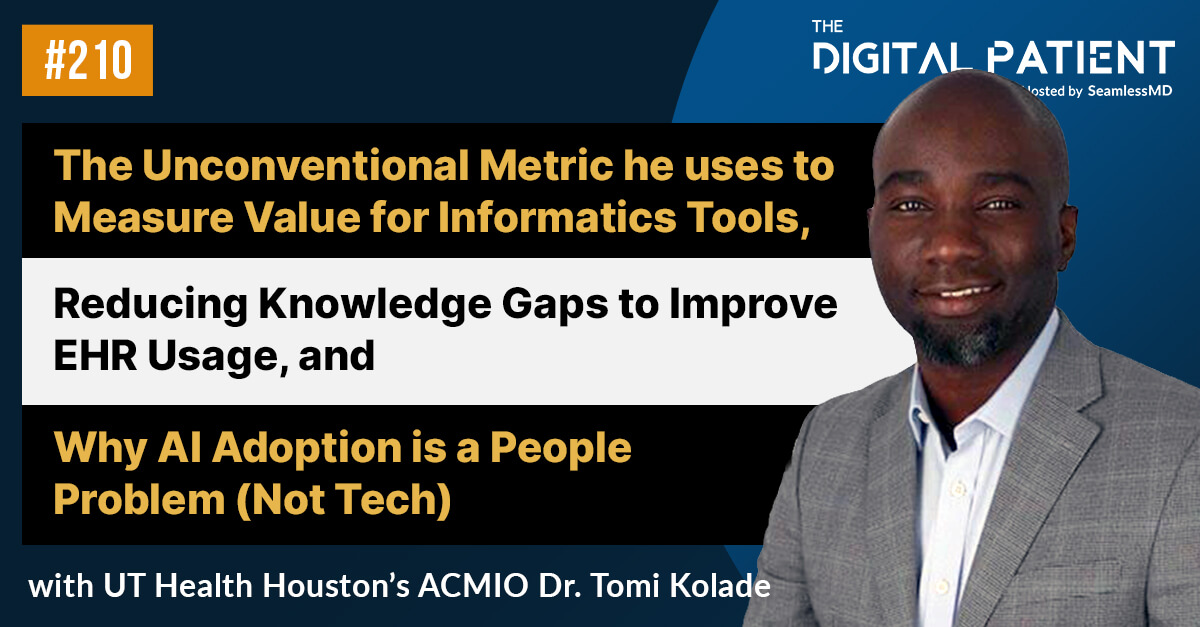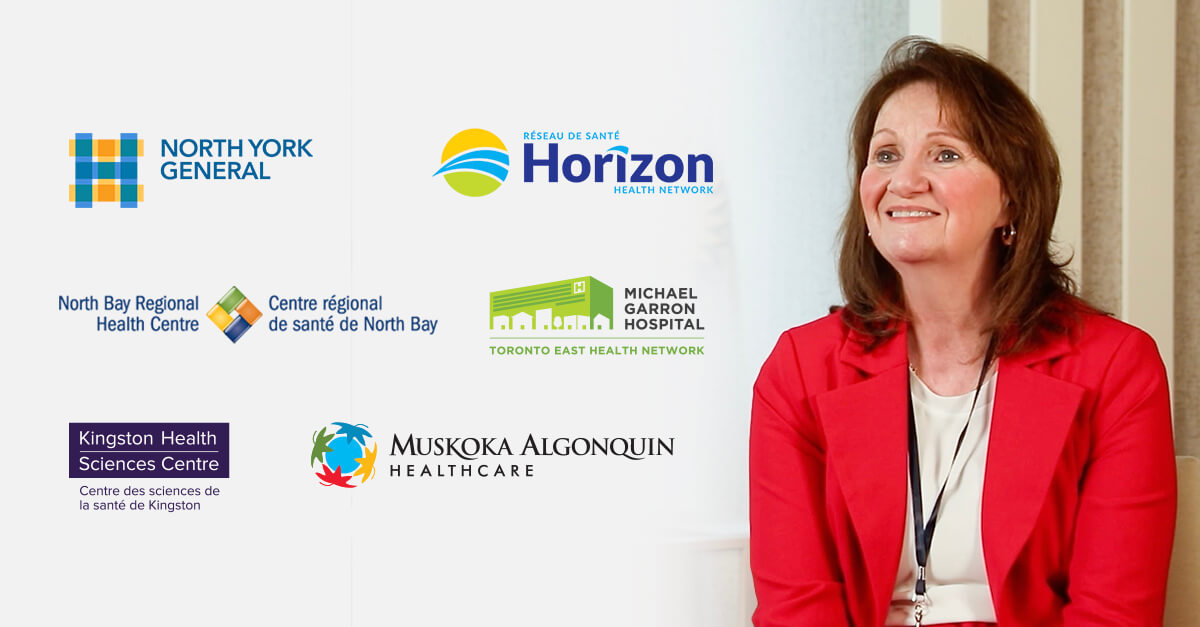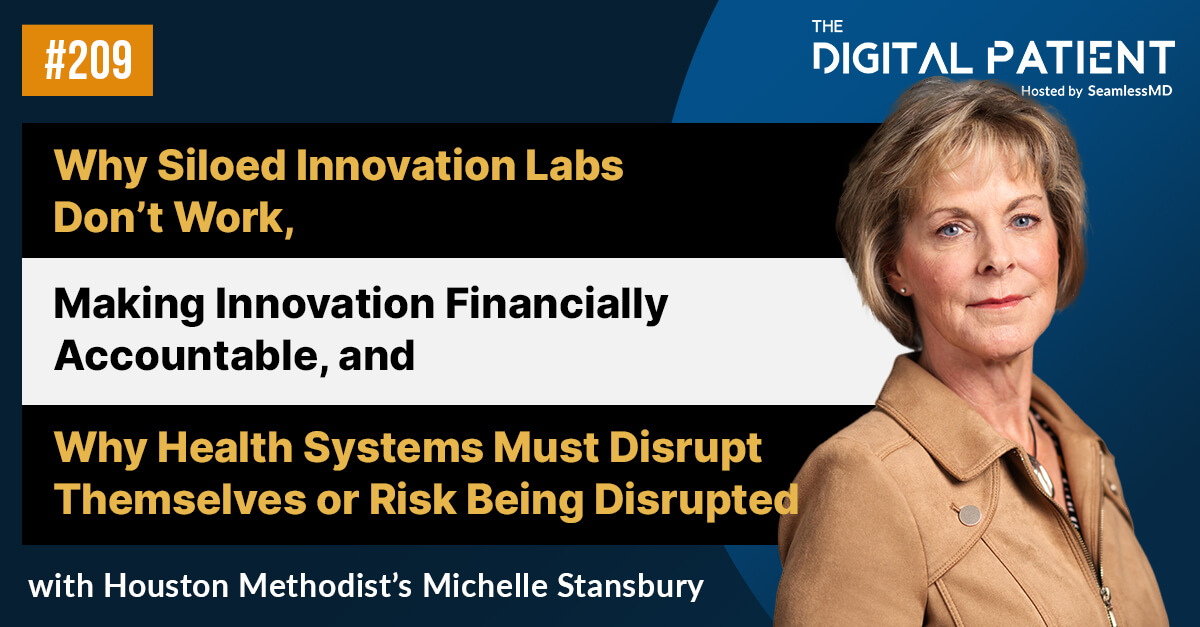We are excited to share the results of our partnership with Thunder Bay Regional Health Sciences Centre (TBRHSC), a 375-bed acute care hospital delivering care across Thunder Bay and Northwestern Ontario.
As the majority of these residents are spread out and remote, patients in this community have fewer options for in-person care. This aversion towards seeking in-person care was further exacerbated by the COVID-19 pandemic. To address these challenges, TBRHSC looked for a Surgical Remote Monitoring solution to keep patients safe and connected to their care team while at home.
TBRHSC is rolling SeamlessMD out across Hip, Knee, Spine, Shoulder, Bariatrics, Urology, Colorectal, Thoracics and Breast Cancer surgery.
Initial results for Hip & Knee Surgery patients have demonstrated:
- ↓41% ED visits
- ↓4% readmissions
- 94% of patients would recommend SeamlessMD
- 39% of patients said SeamlessMD helped to avoid 1 or more calls to the hospital after surgery
Click here to read the full TBRHSC case study.
“I appreciate and love that question, “chest pain?” Skylar (NP) recommended I go to Emerg and I found out I had blood clots in my lungs. I’m sure this saved my life as I would have kept making excuses that it was a pulled muscle from the surgery or how I moved during the recovery. ♥️ the close connection.”
- Thunder Bay Patient Testimonial
.svg)










.png)
